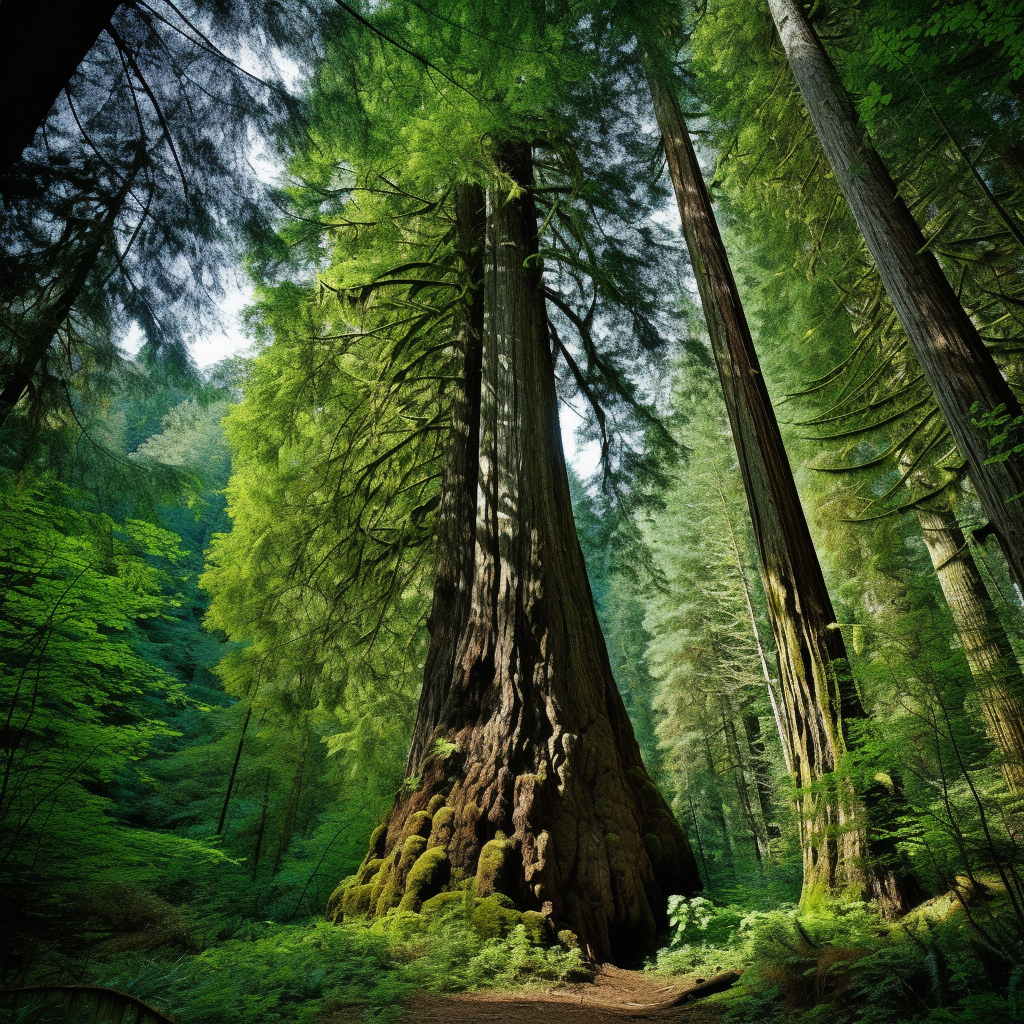November 20, 2023
Climate Change Threat to Pacific Northwest’s Trees
Book a Demo
The Western red cedar, a tree that has come to symbolize the Pacific Northwest, is currently under threat. The culprit? Climate change. This alarming reality was noted by Christine Buhl, a forest health specialist who studies tree growth rings. Buhl’s research has unveiled that thinning growth rings in red cedars is indicative of a slowing growth rate before death. This slowing growth rate is a clear sign of drought, a condition that has already impacted thousands of red cedars in Oregon and Washington.
Affectionately known as the “Tree of Life”, the red cedar is now being referred to as the “climate canary” in light of its vulnerability to climate change and drought. This transformation of its moniker is telling of the dire circumstances that the tree, and by extension, our environment, is facing.
In the face of climate change, researchers predict a significant shift in tree growing ranges. Specifically, ranges in the Northern Hemisphere are likely to move upslope and northward due to atmospheric warming. This means that trees that once thrived in certain regions may no longer be able to do so, spelling disaster for the local ecosystems that depend on them.
A phenomenon that has been dubbed “Firmageddon” by Forest Service aerial survey program manager Daniel DePinte, further underlines the crisis. “Firmageddon” refers to drought-induced die-offs in fir species, a situation that is believed to be exacerbated by pests exploiting weakened trees. This phenomenon has decimated five fir species in Oregon, Washington, and Northern California, particularly at lower-elevation sites. These sites are becoming unsuitably warm and dry, conditions that are unsuitable for these species’ survival.
Shockingly, at least 15 native tree species in the Pacific Northwest are currently experiencing growth declines and die-offs due to drought and warming temperatures. This suggests a broader shift in tree growing ranges, and adds weight to the predictions made by researchers.
Among the casualties of this environmental crisis is the Douglas fir, a major commercial timber species. Significant die-offs have been reported, particularly in the Klamath Mountains. Current projections indicate that this die-off is set to advance uphill as temperatures continue to rise in the future.
In sum, the Pacific Northwest’s forests are sounding the alarm on the grave effects of climate change. As researchers continue to study and monitor these effects, it is clear that immediate and decisive action is needed to mitigate the impacts of climate change on these important ecosystems. The survival of our “climate canaries” depends on it.
Science4Data is committed to cut through greenwashing and measure real impact. Join the journey to a sustainable future. Your actions matter.



